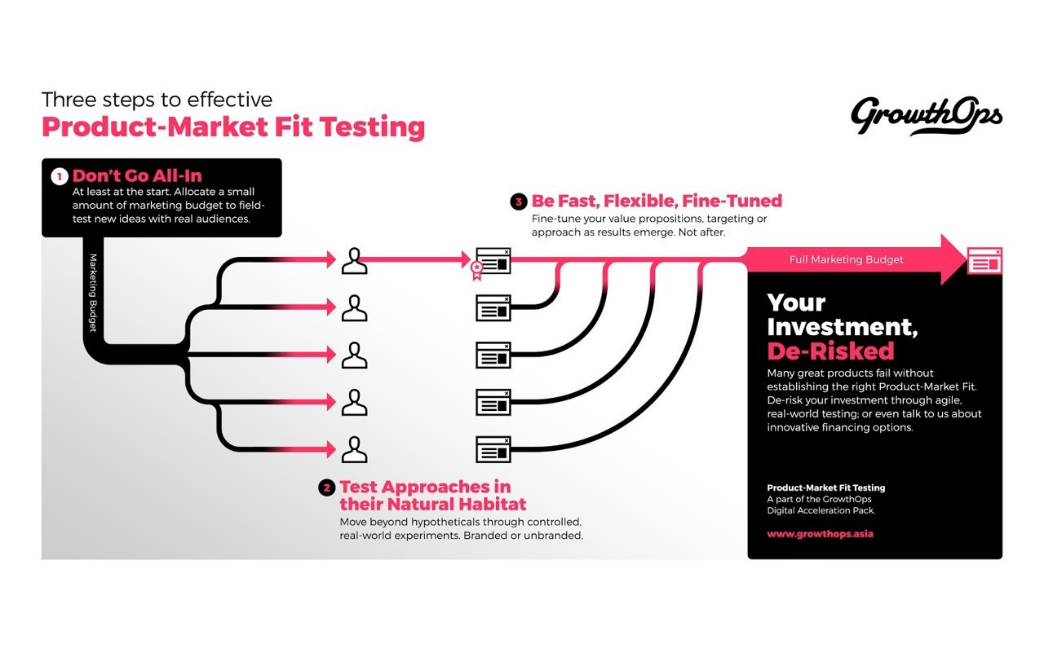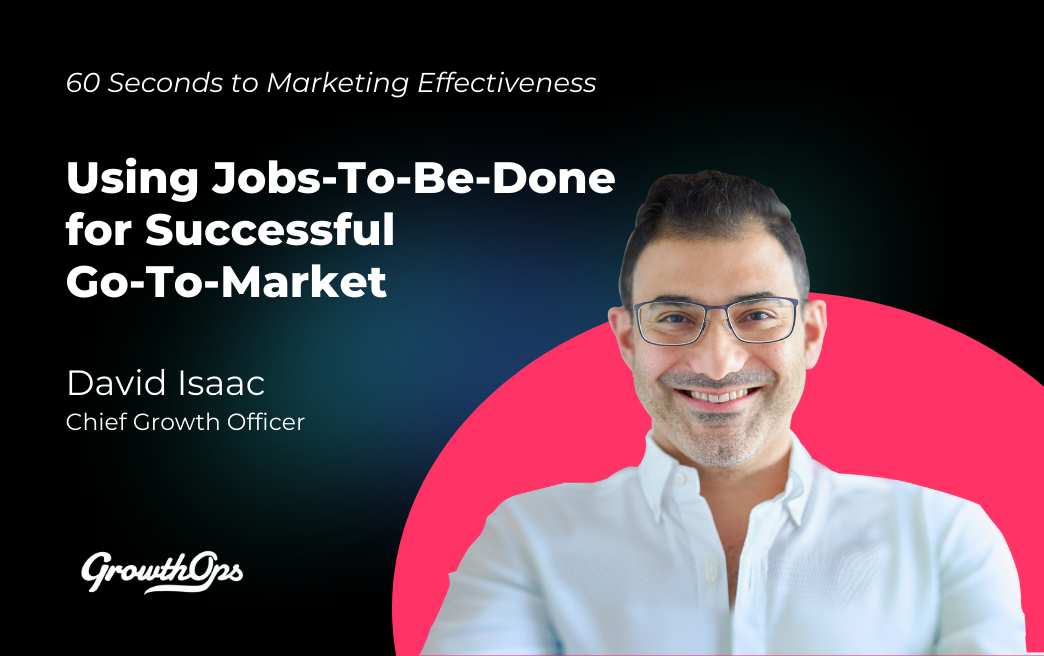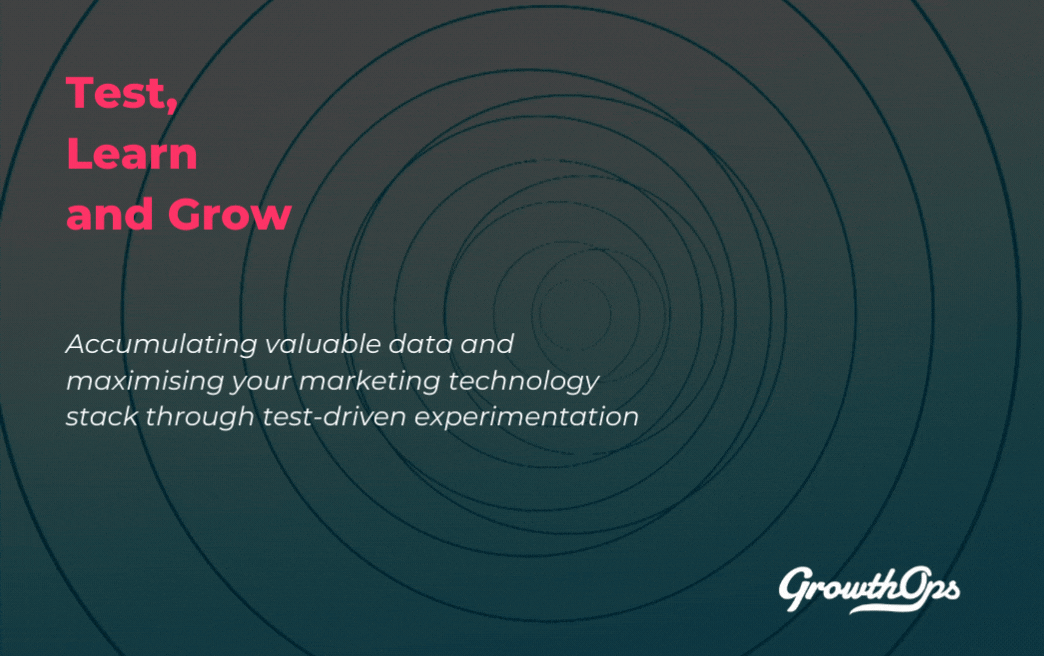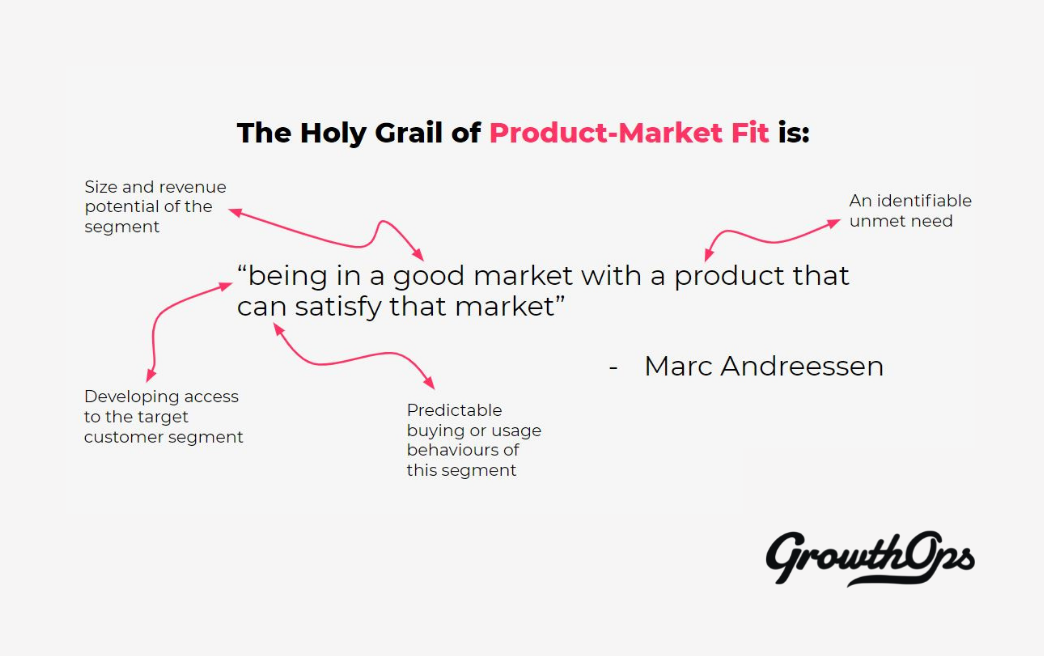Experimentation is the beginning of a data-driven decision-making culture change: How do you use experimentation? How do you know if customers will actually care about your new product or marketing angle? Is there a way to find out before you exhaust your budget?
Experimentation to de-risk Growth & Innovation
Experimentation allows you to collect data from multiple hypotheses so you can guide strategy and resource allocation. You’re also experimenting to shorten feedback loops. The most realistic experiments ideally capture feedback from the end-consumer and in a way that tests actual purchase intent with customer behavioral observation.
Gaining insights with test budgets
Everyone has a budget. Experimenting helps you gain insight with smaller fractions of your budget so you deploy the winning ideas by invalidating projects with data. Experimentation allows you to capture multiple answers with a test budget before you deploy your actual media or R&D budgets.
Consumers are still adapting to environmental flux
The environment hasn't truly settled down after significant, global macro-economic changes, so to some extent, customers can't either. Many do not know if they're designing for an at-home consumer, or something closer to the "old normal". You could be taking advantage of experimentation in a significantly more rapid, agile and affordable way to direct focus towards the most validated opportunities. You can experiment to postpone projects and move resources to projects that have experiments that proved a hypothesis, towards higher "win-rates."
No one can predict the future, but it's ideal to de-risk innovation and explore opportunities in a better way.




